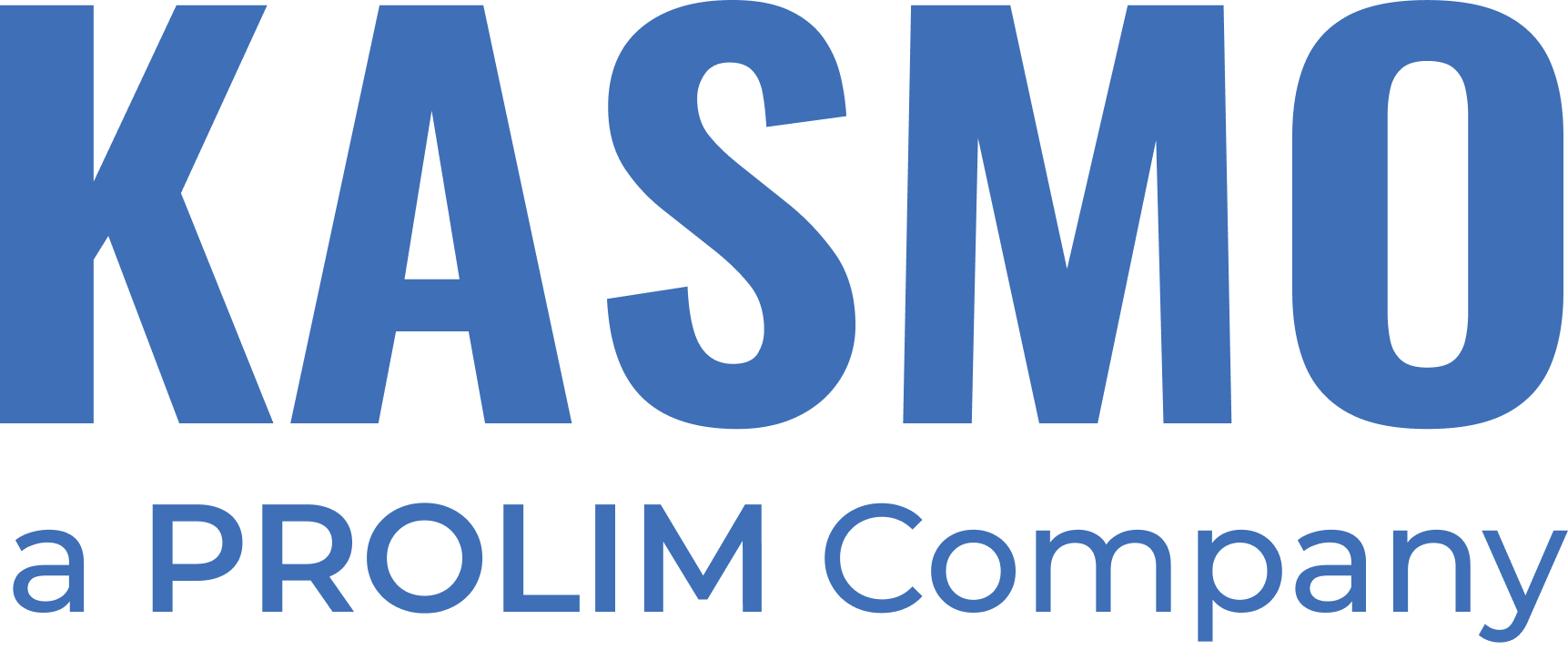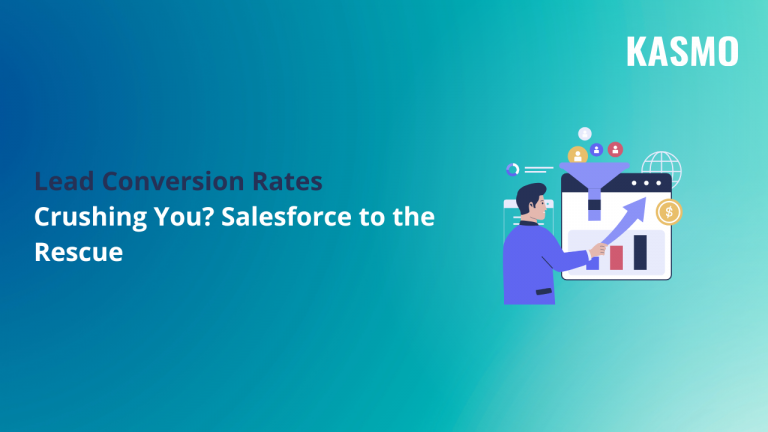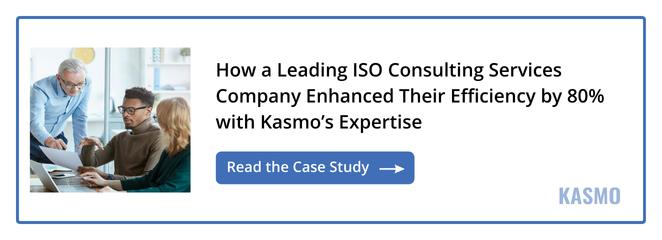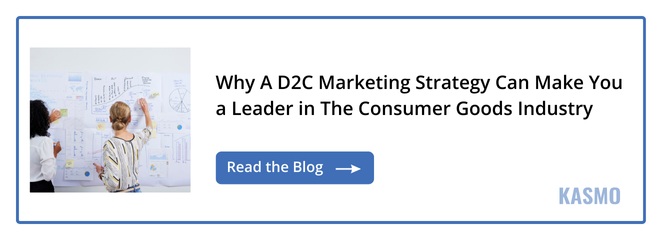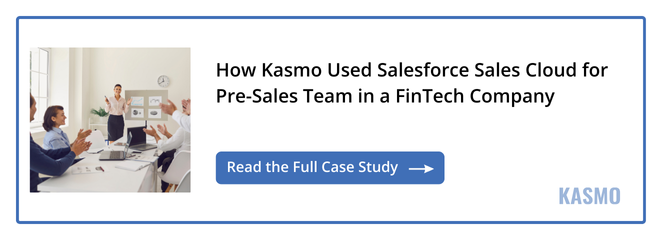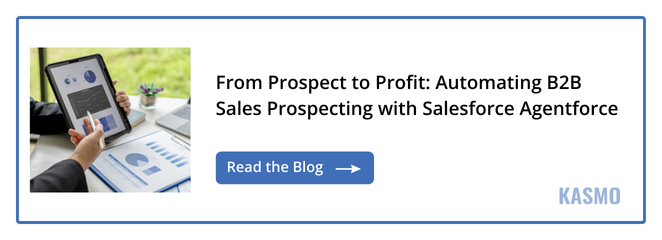Introduction
In the consumer goods industry, it is very crucial that businesses build a lasting relationship with their consumers. However, before you reach the “consumer” stage, consumer goods companies must go through a very tedious process of acquiring leads. They need to then convert these leads into loyal customers. However, business leaders are still struggling to maintain high lead conversion rates on top of tackling rising customer demands, increasing competition and disruptions in the supply chain.
If businesses aim to streamline the lead management process, they need to make their business more “customer-centric”. Instead of solely focusing on generating a high revenue or increasing lead conversion rates, making your services and products popular among customers will remove half your challenge of converting leads into customers.
According to LinkedIn “89% of consumers would like to use messaging with businesses, but only 48% of businesses use it to engage with prospects and customers.”
Lead conversion is not just about capturing a prospect’s interest—it’s about efficiently moving them through the sales pipeline and turning that interest into revenue. With the technological boom, consumer goods companies must adapt their strategies to engage prospects at the right time and in the right way. This is where Salesforce’s Consumer Goods Cloud (CG Cloud) and Sales Cloud come into play. These tools offer companies a streamlined and effective solution to enhance their lead conversion rates.
Salesforce empowers consumer goods companies with AI-powered insights, automation tools, and advanced reporting capabilities. This helps businesses capture, nurture, and convert leads easily. Salesforce successfully bridges the gap between marketing and sales, improves communication between the brand and customers, and optimizes the lead management process. This blog explores how consumer goods companies can leverage Salesforce Consumer Goods Cloud and Sales Cloud to boost their lead conversion rates and drive business growth.
Challenges Consumer Goods Companies Face While Converting Leads
Consumer goods companies have not yet been able to grasp the right method to communicate with their audience. Not every lead may be open to communicate through SMS or emails. Additionally, your leads may choose to visit your website or engage with your posts beyond business hours as well. According to Forbes, “40% of leads came in after-hours, particularly nights, weekends and holidays”. This results in companies losing out on potential customers, leading to low engagement rates. Here are some more challenges faced by consumer goods companies:
Fragmented Team Collaboration
Consumer goods companies can observe low lead conversion rates because often there is a disconnect between their marketing and sales teams. Even though marketing teams are generating large volumes of leads through campaigns and promotions, sales teams are unable to follow up at a rapid pace. Sometimes marketing teams fail to reach their target audience with their campaigns and produce leads that may not be of the highest quality. The sales team also struggles with managing numerous leads that haven’t been fully qualified by the marketing teams, leading to poor sales performance and employee frustration. According to Salesforce, “In many organizations, 50 percent of sales energy is spent on prospects who never convert.”
Discrepancies in Lead Qualification
Both marketing and sales team of consumer goods companies struggle with qualifying leads. This causes challenges for the sales team as they now must manually sift through many leads and help them to understand which leads have the potential of converting into loyal customers.
This wastes both time and resources for the business. Manually sifting and qualifying leads often results in missed opportunities. Additionally, the sheer volume of leads can become overwhelming for a sales team, especially when they are dealing with diverse lead sources, from social media channels and websites. If these leads are not properly organized, businesses may lose out on potential opportunities to convert leads into loyal customers.
Rising Customer Expectations and Inefficient Inventory Management
Customer expectations have increased exponentially. They now want everything to be fast, cheap and good quality. Meeting the customer demands and at the same time standing apart from the competition can become tedious. Consumer goods companies often struggle to maintain quality as well as maintain inventory. If products are not available at either the online shop or at physical stores, businesses can potentially lose out on major opportunities, leading to lower lead conversion rates.
Lack of Responsiveness
If a consumer goods company is generating 20% of leads after business hours, due to a lack of responsive customer service teams, they are losing out on a major chunk of leads. By the time the company connects back with them, these leads might have already moved on to a different company. A delay in response results in lower lead conversion. This “speed to lead” challenge is a critical factor in achieving higher conversion rates.
How to Increase Lead Conversion Rates with Salesforce Consumer Goods Cloud and Sales Cloud
With Salesforce Consumer Goods Cloud and Sales Cloud, consumer goods businesses can increase their lead conversion rates. Here’s how businesses can benefit from these two platforms:
Efficient Lead Capture and Automation
Salesforce enables seamless lead capture through its Web-to-Lead feature. By accessing the “lead list view”, sales team can quickly read the leads captured from the website. This information could then be used by the sales team to identify potential prospects, which would help them not miss any opportunity to create loyal customers. By using the Salesforce dashboard, now business leaders can track the total number of leads generated from their website. This dashboard also shows leaders and the sales team when the lead was generated and what the status of the leads is. Consumer goods leaders can also use Slack to follow up with the assigned sales reps to gain a more in-depth understanding of lead reports.
The Salesforce Sales Cloud can be customized according to unique business needs. Now create forms which can be submitted by leads once they visit your website. Salesforce – the best CRM platform for lead management immediately captures the lead’s data, reducing human error. This automated process ensures that all leads, whether from website, social media, or other sources, are captured consistently and can be quickly reviewed by sales teams.
With this automated system in place, companies can scale their lead capture efforts without worrying about missing any opportunities. Salesforce’s tools also allow businesses to consolidate lead data from various sources, ensuring that all incoming leads are accounted for and prioritized accordingly.
Better Lead Scoring
With Einstein Lead Scoring – a feature within the Salesforce Sales Cloud uses AI to score leads and help consumer goods companies understand how these leads are likely to convert into loyal customers. With lead scoring your sales teams can now prioritize leads and focus their efforts on nurturing those leads. Lead scoring also helps ensure that every sales rep is working on the right leads at the right time. Einstein Lead Scoring also uses data science and machine learning to identify patterns in lead conversion history and help companies predict future trends. Now get faster, simpler and accurate leads.
Faster and Elevated Lead Conversion Rates
Salesforce Consumer Goods Cloud helps sales teams to enhance their productivity by empowering them to move deals faster throughout the sales cycle. With Account and Opportunity Management, sales team can get insights faster and unify opportunity and account data on the go! The Einstein Activity Capture feature within the Consumer Goods Cloud automatically captures all lead activity, creating a single source of truth. This helps the sales team get a comprehensive overview of leads and focus on strategies to convert them into loyal customers. With Einstein Lead Capture, the sales teams can act swiftly with all the information they need to make a personalized and effective follow-up.
Enhance Omni-channel Communication
Consumer preferences for communication channels have evolved, and it’s important for businesses to meet customers where they are. With the Omni-Channel Case Routing within the Salesforce Consumer Goods Cloud, businesses can now stay on top of potential leads. It automatically queues lead for sales reps to ensure that they are not missing out on any leads.
If some leads prefer to receive an SMS, sales teams can reach them out through the same channel. Salesforce enables sales teams to track these preferences and engage with leads on the platforms they are most comfortable with, significantly enhancing lead conversion rates and engagements.
Streamline the Lead Management Process
Salesforce Sales Cloud streamlines the lead management process by offering a unified platform where sales teams can manage, track, and follow up on leads. With customizable dashboards, sales reps can gain view a comprehensive overview of their leads, including lead source, status, and activity history. This visibility ensures that no lead is forgotten and helps sales teams stay organized.
Integrating Sales Cloud and Consumer Goods Cloud further optimizes the lead management process by allowing companies to track and measure their lead conversion rates across all touchpoints. With advanced reporting capabilities, companies can monitor key performance metrics, assess their lead generation efforts, and make data-driven decisions to continually improve their lead management process.
Effectively Nurture Leads with Targeted Campaigns
Not every lead will convert immediately, but that doesn’t mean that your sales team should give up on them! With Salesforce Agentforce, consumer goods companies can create targeted campaigns that nurture leads over time. By segmenting leads based on their behaviors, interests, and interactions, businesses can send tailored messages and offers that encourage further engagement.
For example, if a prospective customer has shown interest in a particular product category but hasn’t made a purchase yet, consumer goods companies can customize Salesforce to trigger a personalized email or SMS with a special offer related to that category. These personalized campaigns keep leads engaged and move them closer to conversion.
Conclusion
For consumer goods companies looking to enhance their lead conversion rates, Salesforce Consumer Goods Cloud and Sales Cloud streamlines every stage of the lead journey—from lead capture and management to nurturing and conversion. By using these powerful tools, companies can overcome challenges like poor lead quality, slow response times, and misalignment between marketing and sales teams.
By implementing these solutions, companies not only improve their lead conversion rates but also increase efficiency, boost sales productivity, and enhance customer satisfaction. With the ability to capture and manage leads automatically, prioritize high-quality prospects, engage with consumers on their preferred channels, and respond swiftly, consumer goods companies can stay ahead of the competition and deliver results that drive long-term growth.
